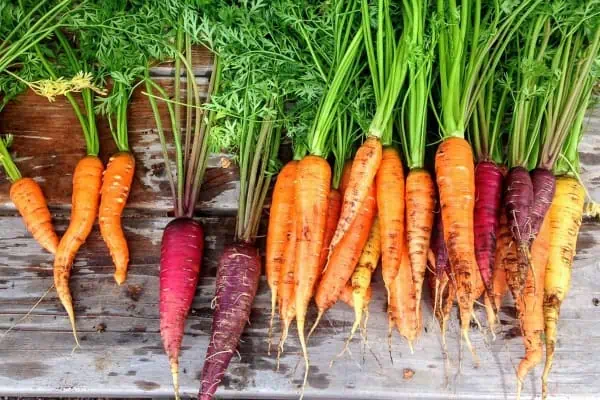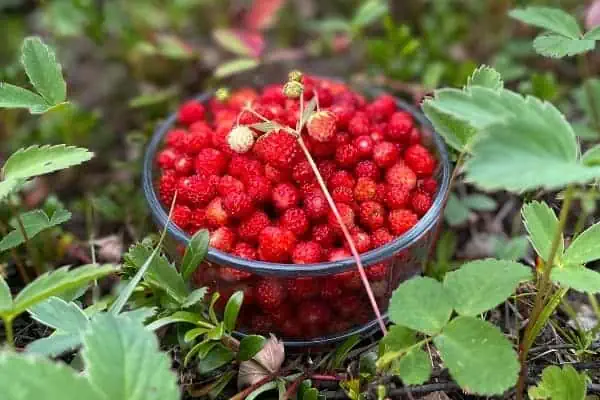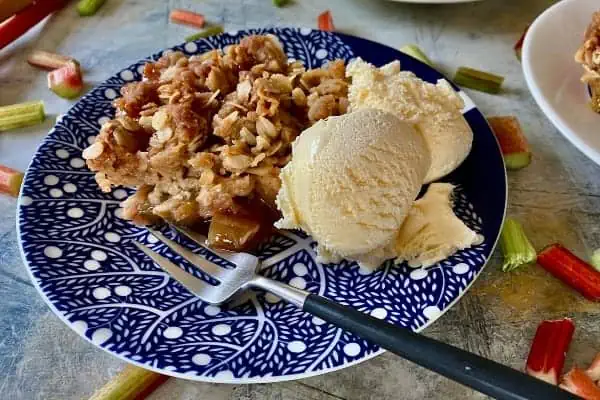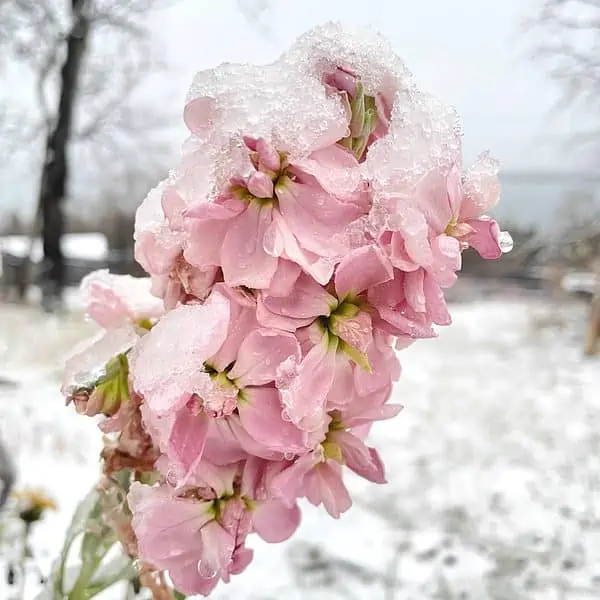
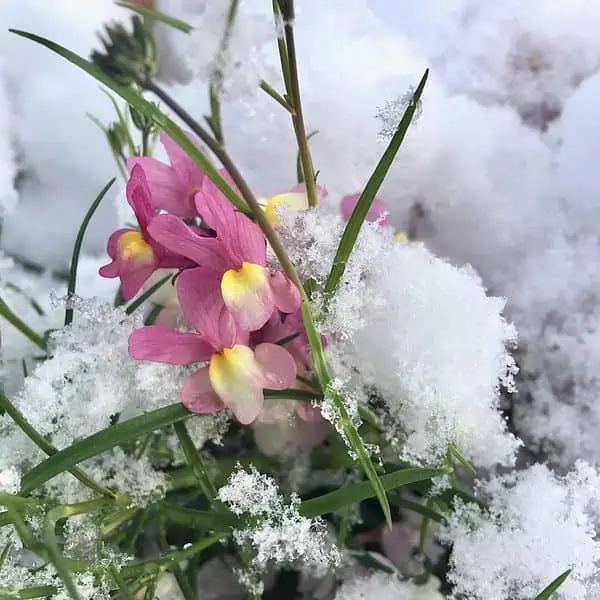
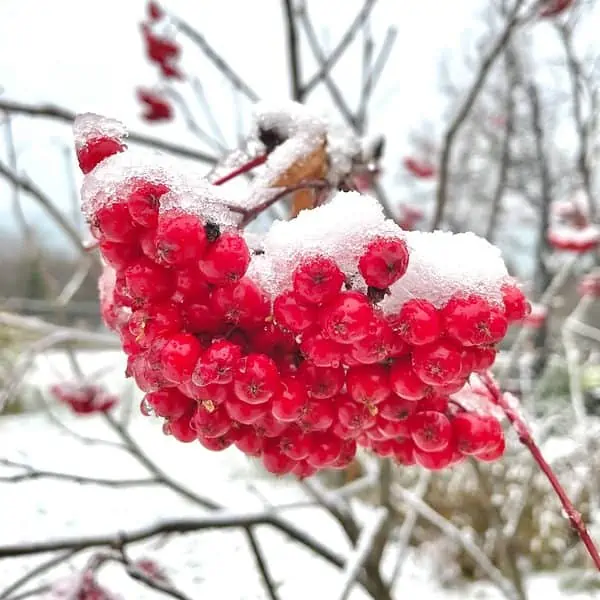
To a non-gardener it might seem as if the gardening season has come to an end now. The last of the vegetables have been harvested and stored, the colourful leaves raked together and one might think that there’s nothing left to do this year. But just like a hunter is busy thinking of the next hunting trip or still processing the meat from the last one, in the time between hunting seasons, a gardener doesn’t stop thinking about the garden just because nothing is growing at the moment.
Planning, preparing and dreaming about your garden is a year-round job. The compost pile needs to be turned over, there are garden beds you can prepare for spring, seeds to collect, and if you’re really eager for next year, you can even sow a few things already (like spinach) and they’ll come up when the ground warms up again (just remember to mark when and where you sowed them). As the temperatures drop and more and more of the flowers in your garden hang their heads in resignation to the cold and bitter late-autumn winds, it’s normal to think about and assess what went well this year and what you’d like to try to do differently next year.
Many plants, especially here in the North, complete their whole life cycle within one growing season and won’t return next year. These plants are called annuals. There are also many perennials (plants that usually come back each spring) that can survive a winter down south but aren’t hardy enough for a long Yukon winter. Annuals can be beautiful additions to a garden and it’s always fun to go into the local garden centres in spring and pick out new plants for the year. Colourful petunias, zinnias, nasturtiums, marigolds, geraniums and snapdragons get shipped up in trucks each spring and are quickly bought up and taken to their new homes.
However, it’s hard to see all the time, love and money that you invested in your plants be taken away with the first hard frost. Annuals will always be a part of most gardens, especially in hanging baskets and planters, but having truly hardy and resilient plants in your garden beds is a great alternative to spending money, each year, buying lots of annuals and, best of all, you won’t have to say goodbye to them after one season. Perennials might be more expensive in the moment, but it’s an investment that can give you much more joy in the long run, and save you time in years to come.
If you’re thinking of adding some more perennials and other low-maintenance choices to your garden, next year, here are a few to consider in your planning.
(In my experience these are very Yukon-hardy garden options, but keep in mind that success with perennials always depends on a variety of elements including location, soil quality, fall hydration, amount of snowfall [snow can act as insulation to protect the roots of perennials] and the length of extreme cold periods in winter.)
Loyal Garden Companions
- Columbine: they come in many different colours and shapes and are great self-seeders
- Iceland Poppy: some of the first flowers to bloom in a northern garden and, if you are diligent about deadheading the spent flowers, they’ll bloom all summer long (listed as a short-lived perennial or a biennial, but they self sow, readily, and will appear year after year if given enough freedom and space)
- Delphinium: beautiful tall spires of blue and purple flowers that attract pollinators (there are some kinds that aren’t very hardy, but Alpine delphinium/candle larkspur seems to be a good choice for the Yukon)
- Iris: showy flowers that will usually start to bloom in late June
Native Yukon Plants
- Yarrow: a very hardy northern flowering plant that has many medicinal uses (though usually white, there are also pink varieties and even yellow ones)
- Bluebells/Lungwort/Mertensia paniculata: a common flower, in boreal forests, that blooms fairly early and has edible flowers
- Gorman’s Beardtongue/Penstemon gormanii: a rather drought-tolerant northern flower that doesn’t grow very tall and attracts bees and butterflies
- Forget-me-nots: has pretty little light-blue flowers that have a delicate, sweet scent
- Fireweed: the Yukon’s official floral emblem has vibrant magenta flowers that look gorgeous when grown in clumps or like a short hedge (if you don’t want the cotton-like seed pods flying around your yard, be sure to cut off the flowers before they go to seed)
Perennial Herbs
- Chives: a close relative of the onion that has edible leaves and flowers and is one of the first bits of green that usually appears in the garden in spring
- Lovage: a culinary herb, with a strong flavour, that can grow fairly tall and is generally used in soups, stews and salads
- Creeping Thyme: a great ground cover that can be used for cooking and is very hardy, once established
- Horseradish: technically a root vegetable that is naturally rich in antioxidants and is usually used as a spice or condiment due to its distinctive, strong taste (can grow very large, so be sure to plant it somewhere where it will have plenty of room to spread without affecting other plants)
Hardy Shrubs
- Lilac: a shrub that can be found all over Whitehorse, bears fragrant purple flowers and likes full sun
- Spiraea: has clusters of delicate, airy flowers, with foliage that turns yellow and orange in the fall
- Wolf willow: a drought-tolerant shrub with silvery foliage and small yellow flowers and many traditional uses; can be found growing wild in various parts of Canada, especially Alberta
- Mountain ash/rowan: a deciduous shrub, with white flowers in spring and bright-orange/red fruit in fall that have medicinal uses and often attract large flocks of waxwings in winter
Berries
- Black and red currants: members of the gooseberry family, with a tart flavour that are wonderful in jams, preserves and syrups
- Saskatoons: a deciduous native shrub that grows widely in the Yukon and produces sweet berries that can be enjoyed raw or cooked
- Haskaps: a berry, with many health benefits, that has become very popular in recent years and is well suited for harsh northern climates; produces sweet blue berries, early in the summer (cross pollination is required between compatible varieties, so it’s best to plant several plants together)
Resilient Self-seeding Flowers
- Chamomile: an easy-growing plant with small, fragrant daisy-like flowers that can be dried and used to make tea
- Johnny Jump Ups: a small wild pansy that produces many seeds and will continue to pop up in your garden for years; the friendly flowers are edible in salads (or as decoration on desserts) and have a long history of use in folk medicine
- Linaria maroccana/Toadflax/“Fairy Bouquet”: a mini snapdragon look-alike with a sweet fragrance that blooms all summer long and will self seed freely if you don’t deadhead all the flowers
- Flax: cultivated for thousands of years for its fibre and oil; has charming light-blue flowers, is drought tolerant and wild birds like to eat the seeds in winter
Even when the yard is covered with snow, it’s never too early to dream about next year’s garden. Seed catalogues will soon start arriving again in the mail, and so, while you’re flipping through their colourful pages on a snowy winter morning, keep in mind that one way to add a bit of extra vitality to your garden is to plant more perennials. Plant them in places where they won’t be disturbed, remember to mark them so you won’t accidentally dig them up and, over time, you’ll be able to divide and propagate some of these dependable plants and give them as gifts to friends and family.


